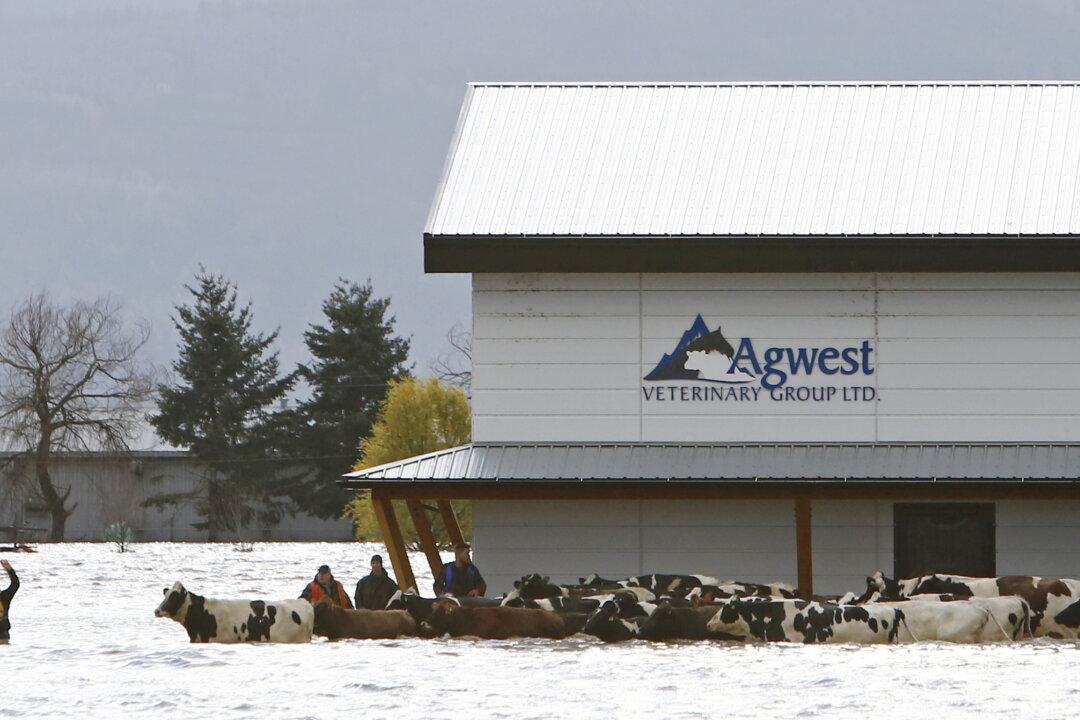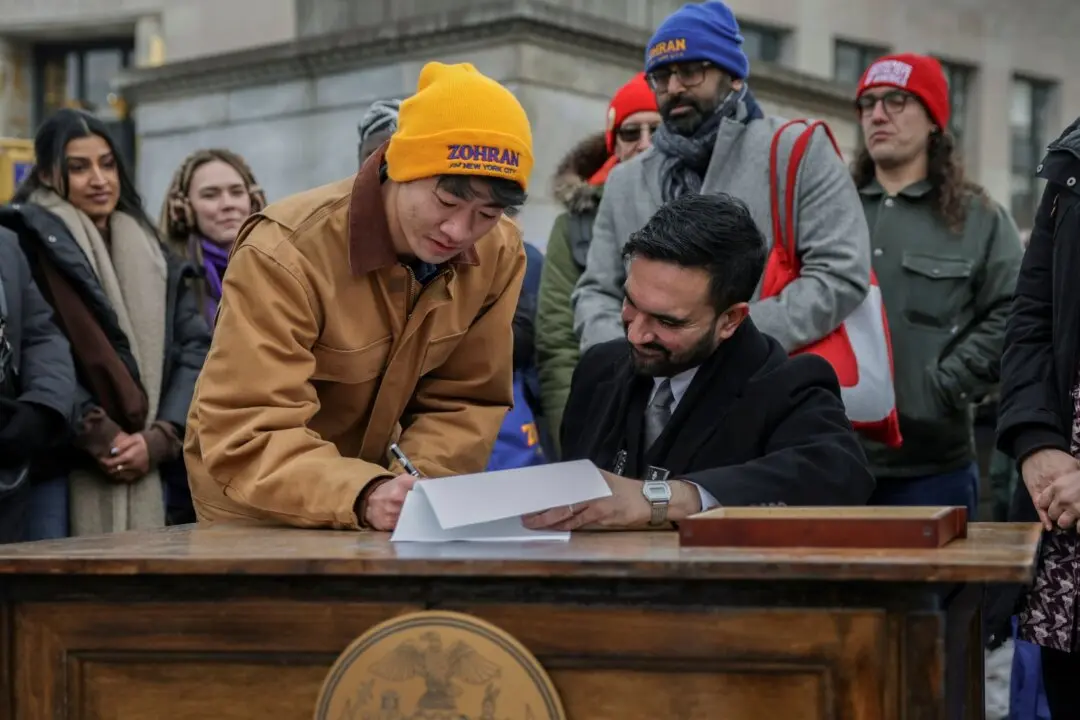When Greater Vancouver and the Fraser Valley were hit with mudslides and flooding more than a week ago, many people were displaced, trapped, and desperate.
As tragedy and fear struck with devastating impact, First Nations communities acted, from the Squiala Nation in Chilliwack through the Fraser Valley to the Skuppah Nation and beyond, moving quickly to find and help those who suddenly found themselves stranded behind walls of mud and water.





